Children’s Vision Problems: Signs to Look for in Your Child
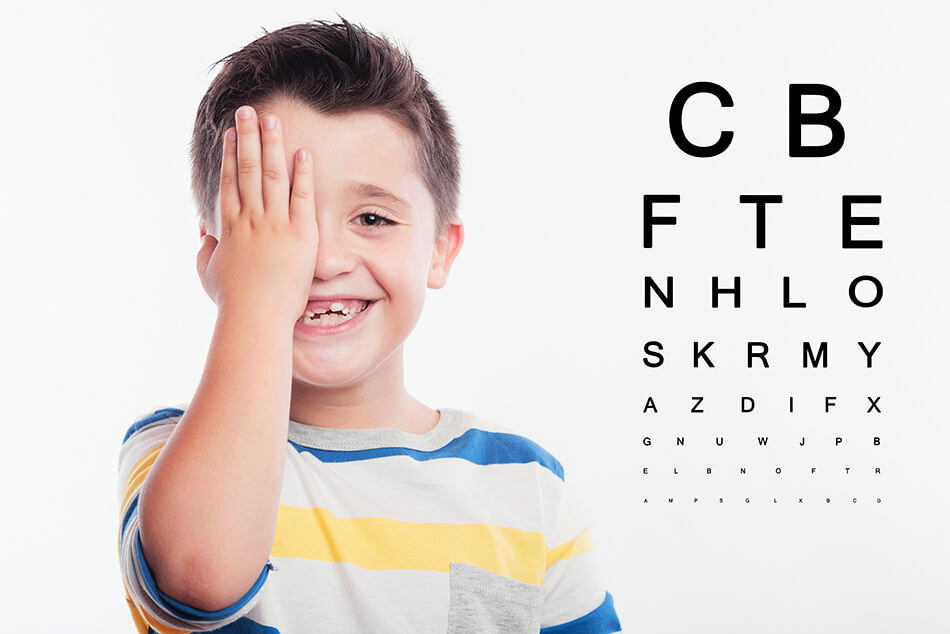
Your children’s vision problems can be hard to detect, and you may not realize that your children have eye problems. The American Optometric Association statistics show that 25% of children in the US have some type of undiagnosed vision problem. Vision problems in children affect their ability to learn, and can occur as early as 18 months old.
Even if your child had a vision screening at school, it’s not enough. Many vision problems go undetected in these screenings. The good news is that you can detect your child’s eye problems at a very early age. For this reason, you should have their first proper eye exam at six months, the second at three years of age, the third before starting school, and then every two years until they become an adult.
Solutions can range anywhere from eye glasses, corrective surgery, a change in diet and lifestyle habits, or contact lenses. Contact lenses can be prescribed for as young as 10 years old in some cases.
If you see any of the following warning signs your child may have a vision problem. Contact your child’s eye doctor if any of the following signs are present.
Sitting Close to the TV
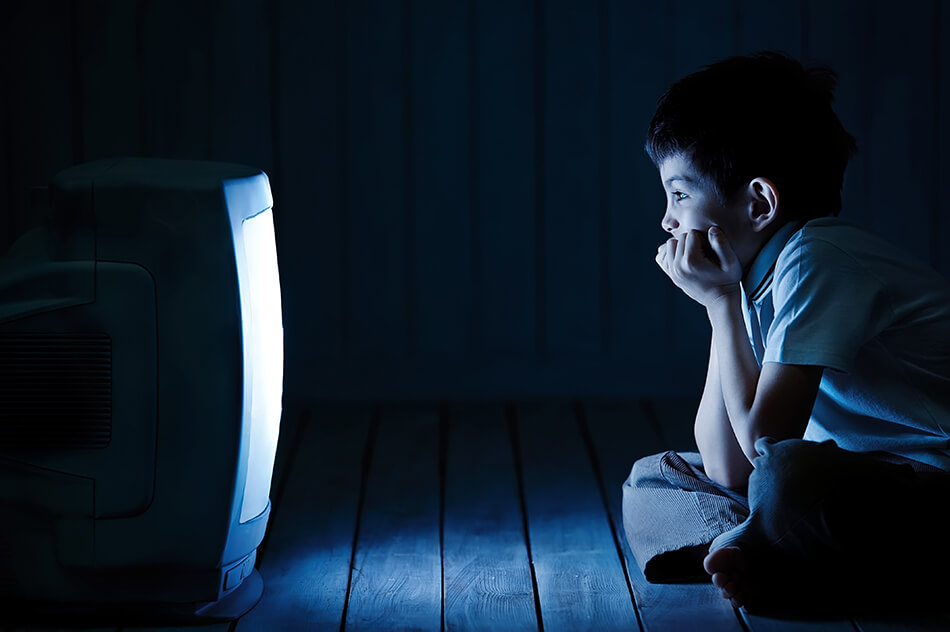
Sitting too close to the TV does not cause vision issues despite what you may have been told as a child. However, sitting too close may be a sign that your child already has vision problems. Children develop this habit when they find it difficult to see the TV screen. You may also notice your child holding their book very close to their eyes as well.
Typically, this means that your child has difficulty seeing far away. This vision issue is called nearsightedness or myopia. Nearsightedness in children typically progresses, getting worse as a child ages. Thankfully, correction is easy with glasses or contacts.
Rubbing Eyes
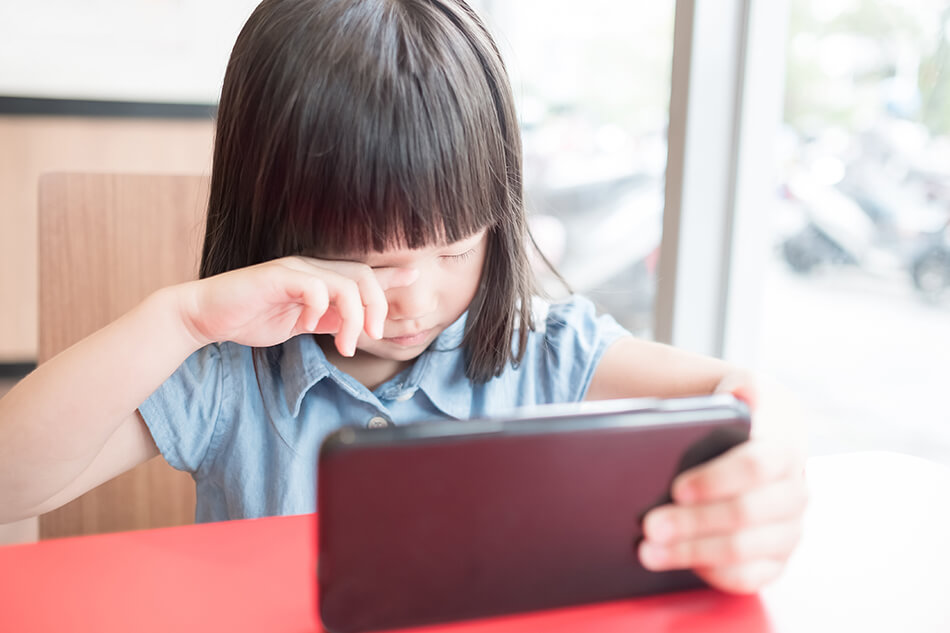
Children often rub their eyes. This typically happens when they are tired or unhappy. However, if your child rubs their eyes more frequently, especially when concentrating, then they may have vision problems.
Frequent eye rubbing is a symptom of eye fatigue. Although eye fatigue can happen when a child is not getting enough sleep, it also occurs when the eyes cannot focus easily. Trying to focus makes the eye muscles tired.
Light Sensitivity
Another sign that your child should see an eye doctor is sensitivity to light such as:
- Sunshine
- Indoor lighting
- Flash from a camera
This condition is called photophobia, and can be caused by a variety of eye issues. Some are more serious than others, but most can be solved.
Children who are sensitive to light often feel nauseous or have headaches. You may notice that they avoid having their photo taken because of the brightness of the camera flash. They may also avoid going outside because of the discomfort from the bright sunlight. Watch your child to see if they squint when they’re outside. If they tell you that their eyes hurt in bright lights, take note and consider taking them to an eye doctor.
Your child may not have a serious problem at all, but may just have lighter colored eyes. Lighter colored eyes have less protective pigment than people with darker colored eyes. In this case, wearing hats and sunglasses outdoors is a good solution for your child. Indoors, consider using screen protectors on computers which block blue light. This can help eliminate eye irritation.
Before visiting your eye doctor, document all symptoms and especially note when any eye pain occurs to help the doctor determine what eye condition your child may have.
Closing One Eye
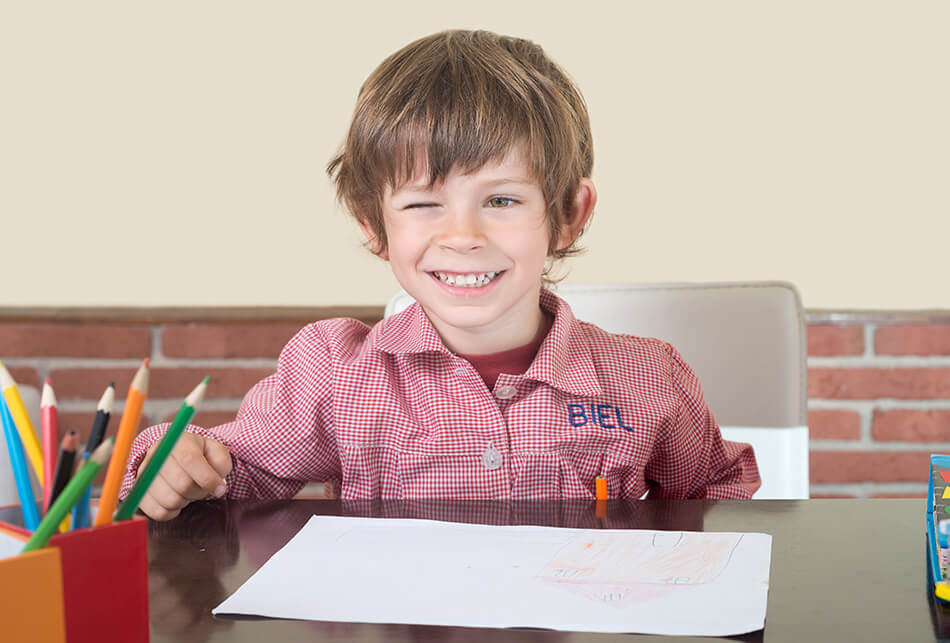
Does your child close one eye when reading? What about when working on the computer or watching TV? If so, they may have trouble using their eyes together. This problem is a refractive binocular vision issue. Other signs of this problem are crossed eyes or an eye that appears to wander. Children whose eyes do not work together often have difficulty learning to read or playing sports.
Losing Place While Reading
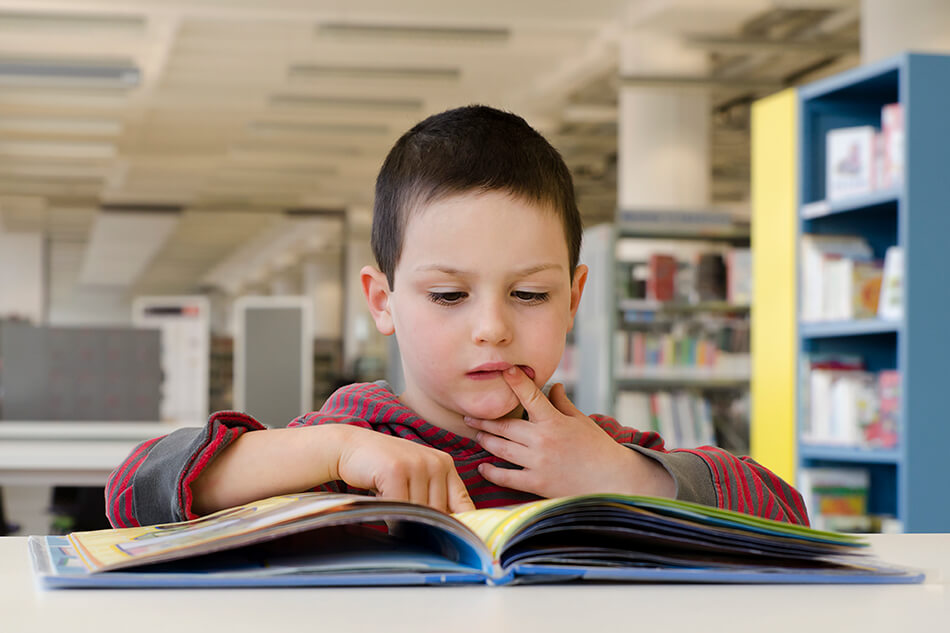
Does your child lose their place while reading? Do they have to use a finger under the words to stay on track? Although this is normal for an early reader, children who are beyond sounding out words typically focus without using their finger. If your child cannot read without losing their place, they may have trouble with eye tracking or using their eyes as a team.
Squinting
Squinting while trying to concentrate on reading, or while looking into the distance is a sign of vision issues. It’s a learned behaviour that your child has discovered helps them see better. When a person squints their eyes, it slightly changes the shape of the eye. This may help with far or nearsightedness. Also, the squinting eliminates certain light rays from entering the eye, causing the ‘pinhole’ effect, which helps with focus. If your child is not having eye problems, your child would not need to squint.
Head Tilting
If you notice that your child tilts their head to one side, this could be for a variety of eye conditions. One example is if your child has a misalignment of their eyes. This is called hypertropia and can cause double vision. Head tilting is your child’s solution to correcting the problem.
Short Attention Span
Does your child have a short attention span? Is this especially true when they are playing games or doing projects that require the use of their eyes for long periods of time? The short attention span could be a sign of eye fatigue rather than ADHD. Prior to an ADHD diagnosis, it is advisable to always check your child’s vision with a licensed eye care provider.
Less Computer Use Due to Vision Problems
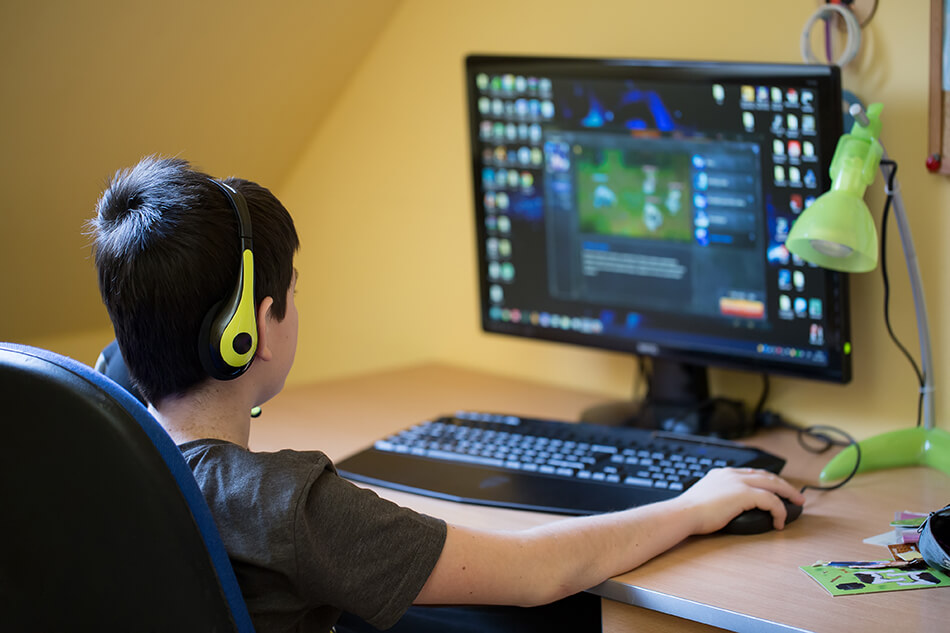
In most households, parents have to limit computer time. So, if your child avoids the computer, especially if they say it hurts their eyes, they may have something called digital eye strain. Digital eye strain comes from the prolonged use of:
- Computers
- Tablets
- Smartphones
- TVs
- Other digital product screens
Children can spend hours on digital devices without taking a break. Consequently, their eyes become tired. This causes early nearsightedness and eye strain. As a result of eye strain, children complain of headaches, an uncomfortable feeling in the eyes, blurred vision, and dry eyes.
Some research shows that the blue light rays that are emitted from digital devices may damage the eye, especially the retina, or lead to cataracts. However, other studies claim that there are no ill effects from digital screens at all.
Blue light rays are generally good for us when they come from the sun. These short waves keep us awake during the day and boost our mood. But the long term effects of of staring at a digital screen is uncertain. If you are worried, consider buying screen protectors that cut down on blue light rays. Screen protectors can be purchased for most digital devices.
If your child shows signs of eye fatigue during screen time, make sure they use the 20/20/20 rule. Every 20 minutes, have your child relax their eyes by looking at an object 20 feet away for 20 seconds. Some eye professionals recommend using digital devices no more than two hours a day. If this does not ease the discomfort, contact your eye doctor.
Poor Grades in SchoolAlthough not every child does well in school, sometimes the reason is due to vision problems. This is especially true if your child used to do well and now has issues. For many children, this is due to being unable to see the teacher’s lessons clearly.
Children often do not tell parents or teachers about the vision problems they are experiencing. This may be due to:
- Not understanding why they are unable to see better
- Not aware that they have vision problems
- Afraid to tell someone
Many school systems blame poor grades on behavioral problems and may not even consider health reasons. However, vision correction with eyeglasses or contacts may fix the problem. For this reason, parents need to be diligent to catch children’s vision problems early.
Always look out for the common signs of eye problems, such as the ones we’ve outlined here, then contact your eye doctor for the solution.
